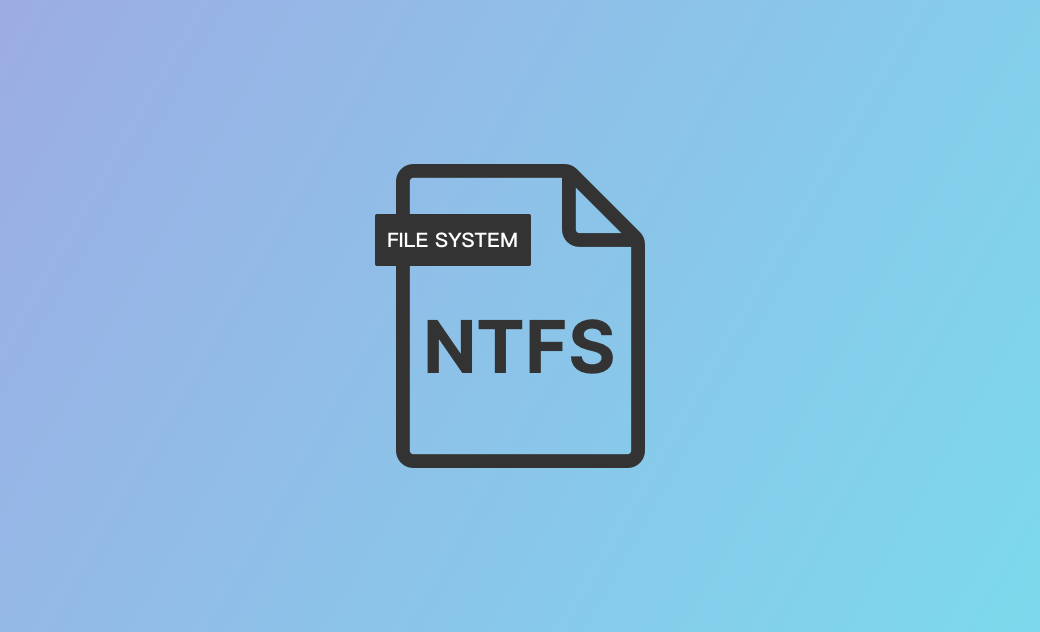NTFS File System: Everything You Need to Know
What Is NTFS?
NTFS, or New Technology File System, is a widely used file system developed by Microsoft. It is the default format for all modern Windows and Windows Server systems. NTFS allows you to easily store, read, write, and manage files on hard drives.
NTFS Supported Operating Systems
- Windows NT 3.1 and later, including Windows Server 2008–2022
- macOS 10.3 or later (read-only)
- Linux kernel 2.6 and later
- ChromeOS
- FreeBSD, NetBSD, Solaris, OpenBSD (read-only), ReactOS (read-only)
NTFS File System Features
- Store, read, write, and organize files on HDDs, SSDs, USB drives, and SD cards on Windows
- Set file and folder permissions to control access
- Support BitLocker Drive Encryption to protect sensitive data
- Optimized for 4KB clusters, supporting up to 2MB cluster sizes and drives up to 8PB on Windows 1709+ and Windows Server 2019+
- Built-in file compression and support for sparse files to save storage space
- Unicode-based file names allow long names with various characters
- File system journaling (MFT) tracks added, deleted, and modified files
Disadvantages of NTFS
- NTFS has limitations on non-Windows operating systems. For example, macOS and Linux only support NTFS in read-only mode. On a Mac, you can read NTFS drives but cannot write to them without third-party NTFS for Mac software.
- Many removable devices, such as Android phones, cameras, TVs, and more, do not support the NTFS format.
How to Read and Write to NTFS Drives on Mac
Mac supported file systems:
- APFS (default for macOS 10.13+)
- Mac OS Extended (HFS+; default for macOS 10.12 and earlier)
- FAT32 and exFAT (compatible with both Mac and Windows)
While all macOS versions can read NTFS drives, writing or copying files to NTFS drives on Mac is not possible without third-party software.
If you need full read/write access, use a professional NTFS tool like BuhoNTFS. BuhoNTFS lets you mount NTFS drives in read/write mode and manage files seamlessly on your Mac.
How to Fix NTFS File System Errors
If your NTFS drive shows errors, you can use disk repair tools like CHKDSK (Windows) or Disk Utility (Mac).
On Windows 10/11:
- Press Windows + R, type
cmd, and press Ctrl + Shift + Enter to open Command Prompt as administrator. - Run:
chkdsk *: /f /r(replace*with your drive letter). - Press Enter. CHKDSK will scan and fix file system errors and mark bad sectors.
On Mac:
- Connect the NTFS drive.
- Open Finder > Applications > Utilities > Disk Utility.
- Select the NTFS volume, click First Aid, and run a check to repair errors.
How to Format a Drive to NTFS
On Mac:
- Connect the drive and open Terminal (Finder > Applications > Utilities).
- Run
diskutil listto see all drives and identify the one to format. - Run
diskutil eraseDisk NTFS Label /dev/diskx(replaceLabelwith your desired name anddiskxwith the correct disk ID).
On Windows:
- Connect the drive and open File Explorer > This PC.
- Right-click the drive > Format.
- Select NTFS > Start to format.
How to Convert NTFS to FAT32/exFAT
To convert NTFS to exFAT or FAT32 without losing data, use tools like:
- EaseUS Partition Master
- Paragon Partition Manager
- Disk Drill
- GParted
Alternatively, back up your data and reformat the drive using the steps above.
Conclusion
This article covered everything about the NTFS file system. If you need to write to NTFS drives on your Mac, BuhoNTFS is a professional tool that makes it easy and reliable.
Cassie has been writing about technology for her entire career life - over 5 years. She enjoys diving into how Apple products work and then breaking it down in a way anyone can understand.
